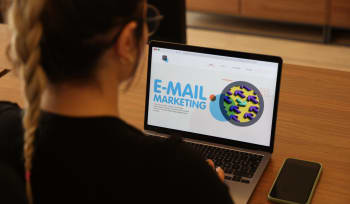This informal CPD article ‘You can’t be what you can’t see’, was provided by Alex Knight CEng FIMechE FWES, Founder & CEO of STEMAZINGKids, an organisation aiming to collectively amplify the voice of women in Science, Technology, Engineering and Maths.
STEM is the combination of Science, Technology, Engineering and Maths. People who work in STEM are the hidden heroes of humanity. Without these everyday heroes we would still be living in the dark ages. STEM superheroes save lives, protect our planet, and create our future possibilities. They literally keep society functioning and moving forward and yet most of the population is unaware of the vital work people in STEM do.
We need more visible STEM role models
Research by Engineering UK [1] showed that a huge 73% of 11–14-year-olds don’t know what engineers do, 69% of parents don’t know what engineers do, and 42% of teachers don’t feel confident giving engineering career advice. Is it any wonder then that we don’t have enough people choosing to pursue STEM and go into STEM careers, like engineering?
The STEM skills shortage is estimated to cost employers in the UK £1.5bn a year [2]. This cost to the economy is huge, but what will the cost to humanity be in the future if we don’t plug this gap?
Role models inform, influence and inspire the decisions people make about their life and career. The lack of visible diverse STEM role models who represent the breadth of career opportunities in STEM is a key contributor to the skills shortage problem. To plug the STEM skills gap, we need to widen the net. This requires more diverse role models to inspire and influence a wider pool of talent.
Diversity is the Difference
As we evolve through the 4th Industrial Revolution and beyond, the need for innovation in STEM will continue to increase at pace. Innovation in STEM is key to solving some of our biggest Global challenges. A key ingredient for innovation is diversity, but a well-known challenge in STEM is the lack of diversity [1] which is another reason diverse STEM role models are so important.
Black and ethnic minority workers make up only 12% of the UK STEM workforce and only 24% are women, when you look at engineering alone it’s much worse, with only 14% women in engineering. This is not enough.
Research shows that children aged 3–5-years-old already show less support for counter-stereotypical STEM career choices, e.g. a girl who wanted to be an engineer [3]. This is a major problem for STEM Industries as these biases are established so young and then mostly reinforced over time, but we can do something about it.














